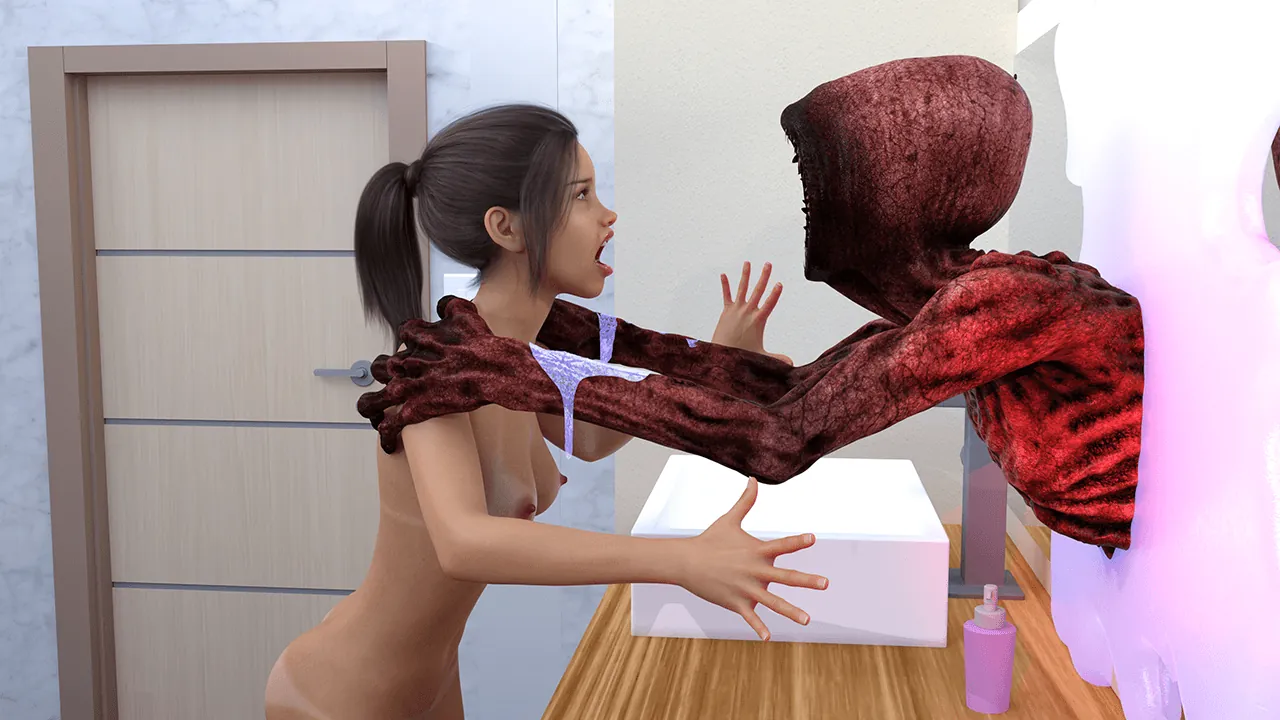
3D Family Fuck
Play 3D Family Fuck
3D Family Fuck review
A Deep Dive into Interactive Family Experiences
In the realm of digital entertainment, 3D family games have become increasingly popular for their immersive and interactive experiences. These games offer a unique blend of storytelling, graphics, and gameplay, making them appealing to a wide range of audiences. This article will delve into the world of 3D family games, exploring their key features, gameplay mechanics, and what makes them so engaging.
Understanding 3D Family Games
Remember that rainy Sunday afternoon when my kids were bouncing off the walls, and I was desperately searching for something we could all do together? 🏠🌧️ That’s when we discovered the magic of 3D family games. I fired up our console, and within minutes, we were all laughing and collaborating in a vibrant, three-dimensional world. It wasn’t just a game; it was a shared adventure that transformed our living room into a hub of creativity and connection. This is the essence of modern interactive storytelling—it pulls you into the experience, making you an active participant in the narrative.
What Are 3D Family Games?
At their core, 3D family games are digital experiences designed for players of all ages to enjoy together, set within rich, three-dimensional environments. Unlike flat, 2D games, these titles use 3D graphics to create worlds that feel tangible and alive, encouraging exploration and collaboration. Think of it as stepping into a digital playground where every member of the family can contribute, whether you’re solving puzzles, building structures, or embarking on quests. 🎮✨
I’ll never forget the first time my daughter and I explored the blocky landscapes of Minecraft together. She was guiding us through a forest she had built, explaining her design choices with the excitement of a budding architect. That moment wasn’t just about gameplay; it was a lesson in teamwork and creativity, wrapped in a fun, accessible package. This is what sets 3D family games apart—they blend entertainment with meaningful interaction, making them perfect for family bonding. 👨👩👧👦💖
From my experience, the best 3D family games often include elements that appeal to different age groups and skill levels. For instance, games like Little Big Planet allow younger players to enjoy the colorful visuals and simple mechanics, while adults can dive into the more complex level-building tools. This inclusivity is key, ensuring that no one feels left out. > Pro Tip: When choosing a game, look for adjustable difficulty settings and cooperative modes to keep everyone engaged and happy.
Key Features of 3D Family Games
The appeal of these games lies in their standout features, which make them a cut above traditional options. Let’s break down what makes them so special and how you can leverage them for your family game nights. 🕹️🌟
First up, 3D graphics are a game-changer—literally! They create immersive worlds that draw players in, making every session feel like a mini-vacation. I’ve noticed that my kids are more engaged when they can navigate through detailed environments, like the lush gardens in Little Big Planet or the expansive terrains in Minecraft. This visual depth isn’t just for show; it enhances problem-solving and spatial awareness, turning play into a learning opportunity. 🖼️🧠
Another critical element is interactive storytelling. Instead of passively watching a story unfold, players influence the outcome through their choices and actions. In our family, we love how games like these let us shape the narrative together—deciding which path to take or how to solve a challenge as a team. This collaborative approach strengthens communication skills and makes every playthrough unique. My son still talks about the time we saved a virtual village by pooling our ideas, and that sense of accomplishment is priceless. 📖🤝
Multiplayer games are the heart of the social experience in 3D family games. Whether you’re playing on the same screen or connecting online, these features allow for real-time cooperation and friendly competition. I always recommend setting up sessions where everyone has a role; for example, in Minecraft, one person can gather resources while another builds shelters. This not only makes the game more enjoyable but also teaches valuable lessons in teamwork and delegation.
To give you a clearer picture, here’s a table comparing some popular 3D family games based on their key features:
| Game Title | 3D Graphics Quality | Interactive Storytelling Elements | Multiplayer Options |
|---|---|---|---|
| Minecraft | Block-based, customizable worlds | Player-driven narratives and exploration | Local and online co-op |
| Little Big Planet | Vibrant, detailed environments | User-generated levels and story modes | Shared screen multiplayer |
🧩🎨 From a practical standpoint, I’ve found that games with strong interactive storytelling and 3D graphics keep families coming back for more. My advice? Start with titles that offer simple controls and gradual learning curves to build confidence. Also, don’t shy away from games that encourage creativity—they often lead to the most memorable moments. For instance, we once spent an entire evening designing a fantasy castle in Minecraft, and it sparked conversations about history and design that lasted for days.
Why Are They Popular?
So, what’s driving the surge in popularity for 3D family games? It’s a combination of social trends, technological advances, and the innate human desire for shared experiences. As someone who’s seen this evolution firsthand, I believe it boils down to a few key factors that resonate with families everywhere. 📈❤️
For starters, these games address the modern need for quality family time in a digital age. With busy schedules, it’s hard to find activities that everyone enjoys, but 3D family games bridge that gap. I’ve used them to turn lazy weekends into bonding sessions, where we’re not just sitting together but actively engaging in a common goal. This aligns with broader gaming trends that emphasize social connectivity and mental well-being over solitary play. 👨👩👧👦🕒
The rise of immersive gaming has also played a huge role. When you’re exploring a 3D world with your loved ones, it feels like you’re on an adventure together, breaking the monotony of daily routines. My family still laughs about the time we got “lost” in a Minecraft cave system and had to work as a team to find our way out. These experiences foster resilience and problem-solving skills, all while having fun. Plus, the accessibility of family-friendly games means that even non-gamers can jump in without feeling overwhelmed. 🌍🕹️
From a personal perspective, I’ve seen how these games encourage creativity and learning. In Little Big Planet, my kids design their own levels, which has sparked an interest in game design and storytelling. This hands-on approach to interactive storytelling makes education feel like play, a trend that’s gaining traction in parenting circles. > Insight: Don’t underestimate the educational value—many 3D family games teach coding, physics, and collaboration without the pressure of a classroom setting.
Ultimately, the popularity of 3D family games stems from their ability to bring people together in a meaningful way. They’re not just a pastime; they’re a tool for building stronger relationships and creating lasting memories. So, the next time you’re looking for a way to connect with your family, consider diving into one of these immersive gaming experiences—you might be surprised at the joy and connection they bring into your home. 🏡💫
In conclusion, 3D family games offer a rich and engaging experience for players of all ages. With their immersive graphics and interactive storytelling, these games have become a staple in modern gaming. Whether you’re looking for a fun family activity or a challenging solo adventure, 3D family games have something to offer. Explore these games to discover a new world of entertainment.























